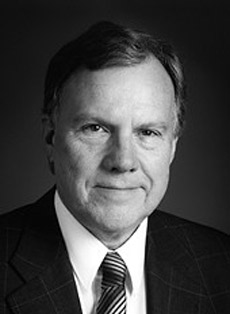|
United Nations
Dag Hammarskjöld and the Development of International Law
A. Legal Instruments
Charter of the United Nations and Statute of the International Court of Justice, San Francisco, 26 June 1945.
B. Documents
General Assembly resolution 377 A (V) of 3 November 1950 (Uniting for Peace). General Assembly resolution 1001 (ES-I) of 7 November 1956. Report of the Panel on United Nations Peace Operations, chaired by Ambassador L. Brahimi (Algeria), transmitted to the Secretary-General on 17 August 2000. (A/55/305, S/2000/809). General Assembly resolution 60/1 of 16 September 2005 (2005 World Summit Outcome). C. Doctrine
O. Bring, “Dag Hammarskjöld and the Issue of Humanitarian Intervention”, Nordic Cosmopolitanism, Essays for Martti Koskenniemi, Leyden 2003. M. Buber, Ich und Du, Reclam, Stuttgart, 2010. A. N. Cordier/W. Foote (eds.), The Quest for Peace, The Dag Hammarskjöld Memorial Lectures, Columbia University Press, New York/London 1965. W. Foote (ed.), The Servant of Peace, A Selection of the Speeches and Statements of Dag Hammarskjöld, The Bodley Head, London, 1962. W. Friedmann, The Changing Structure of International Law, Columbia University Press, 1964. H. Morgenthau, Politics among Nations: the Struggle for Power and Peace, Alfred A. Knopf, 1948. B. Urquhart, Hammarskjold, The Bodley Head, London/Sydney/Toronto, 1973. |

